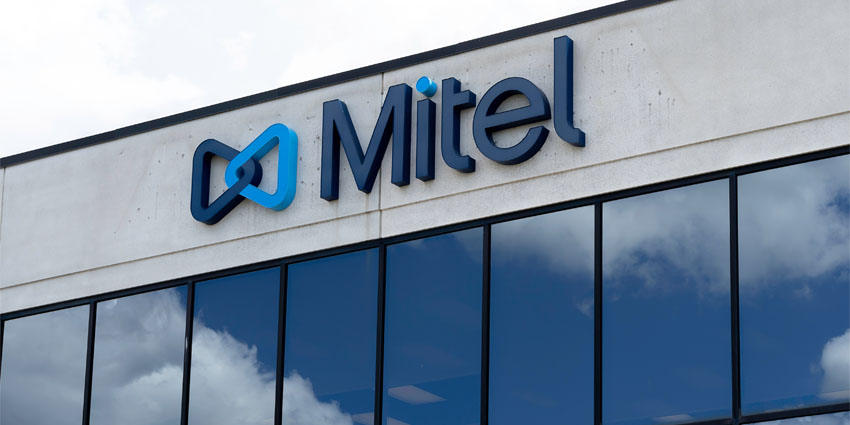The ability to analyze and gain insights into voice and calling usage is a fundamental capability for optimized management of enterprise communications. Organizations that utilize Cisco CUBE as Session Border Controllers (SBCs) have relied on on-premises solutions like Variphy’s CUBE CDR reporting and analytics to gain in-depth knowledge on their CUBE router traffic. Now, with CUBE CDR analytics in Variphy Cloud — which is integrated with other platforms supported by Variphy, including Microsoft Teams, Webex Calling, and Zoom Phone — organizations can access the same powerful analytics capabilities for their cloud environments.
There are significant benefits for enterprises. “Cloud-based access provides flexibility and scalability to IT teams, enabling them to monitor and analyze call data remotely,” explains Layne Hoo, CEO of Variphy.
“CUBE analytics in Variphy Cloud is designed to help decision-makers gain insights regardless of location, facilitating faster responses to call traffic patterns, potential bottlenecks and emerging trends.”
There are four key areas in which the cloud approach delivers advantages. CUBE reporting and analytics, available in Variphy Cloud, delivers granular call details to help enterprises go beyond user-based metrics. The solution enables IT teams to access CUBE CDRs before calls are distributed across departments, so voice engineers and IT leaders who need visibility into initial call stages can make data-driven improvements. This helps them to optimize call flow and address potential bottlenecks while the more granular call detail reporting supports compliance, auditing and troubleshooting.
Variphy’s analytics cover critical data points including identification of peak busy hours, maximum concurrent traffic and Dial Peer usage patterns, all of which provide insights to optimize call routing and can inform staffing and capacity decisions. Dial Peer usage reporting, a feature to allow teams to see which dial peers are handling the most traffic, provides insights into how calls are distributed and which peers may need adjustment or expansion to handle growth.
Variphy’s CUBE analytics and reporting also provides more advanced filtering and trend analysis. Its search functionality permits users to search multiple parameters, including the calling number (CLID), the dialed number identification service (DNIS) and the peer address. This helps to enable more targeted analysis, allowing for custom time periods, so call patterns can be tracked over months to detect seasonal trends. Filtering capabilities let organizations analyze specific details, such as regional or departmental variations, to identify patterns that affect call flow, so data-backed decisions can be made.
The final set of advantages that Variphy CUBE analytics delivers address data retention and visualization. CUBE analytics in Variphy Cloud allows IT teams to retain and access historical call data, so trend analysis can be supported over long periods. Users are empowered to go back to view calls from previous weeks, months or even years, so they can uncover long-term trends and plan for seasonal peaks.
These insights are easy to derive thanks to Variphy’s visual reporting capabilities, which include interactive charts, graphs, KPI statistics, summaries and data tables. These modes of presentation can help different stakeholders access the insights they need. For example, interactive charts can help deliver quick insights for executives, while detailed tables allow voice engineers to analyze specific metrics in depth. Finally, data retention and visualization tools can help companies use past data to inform future decisions, make strategic adjustments and display results effectively.







